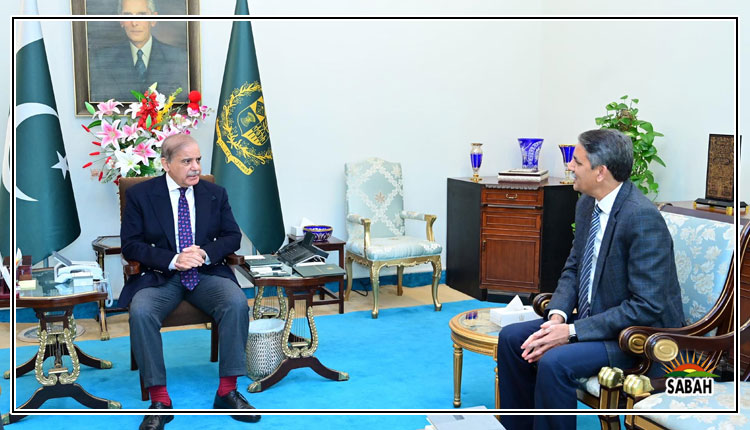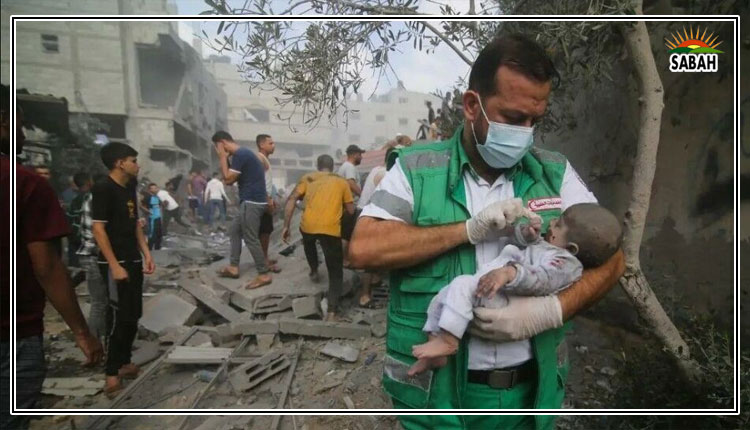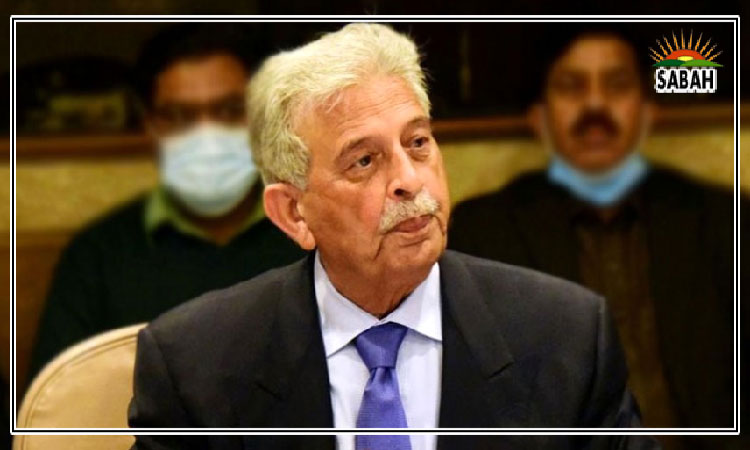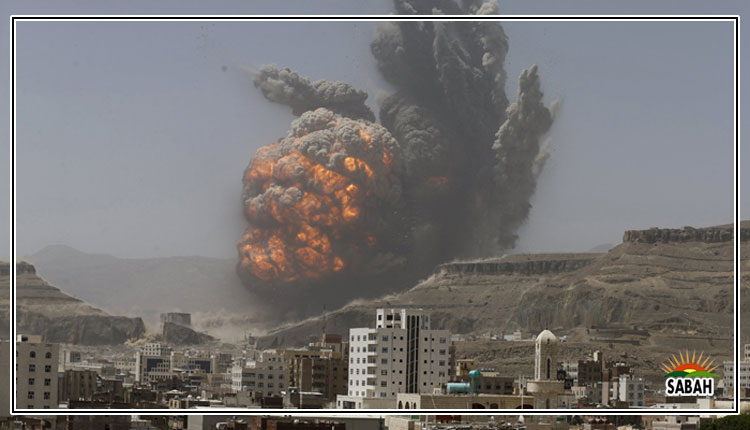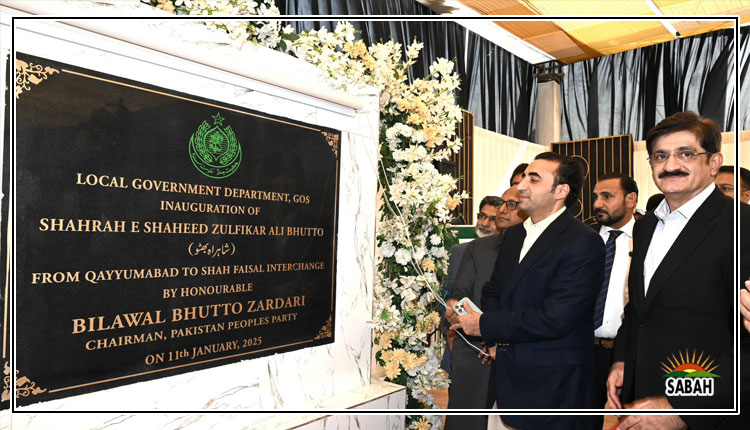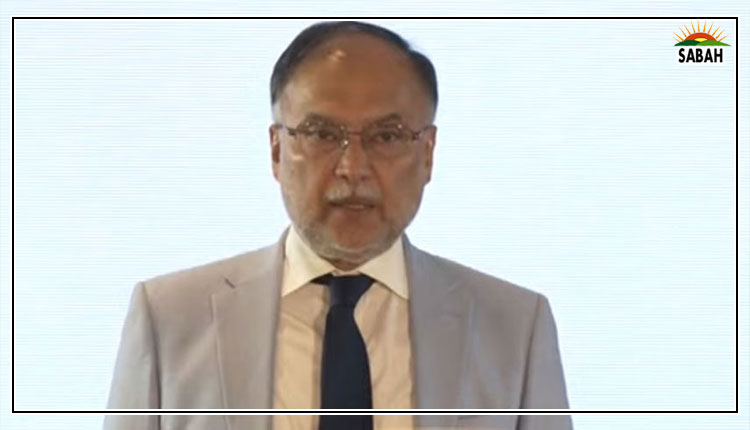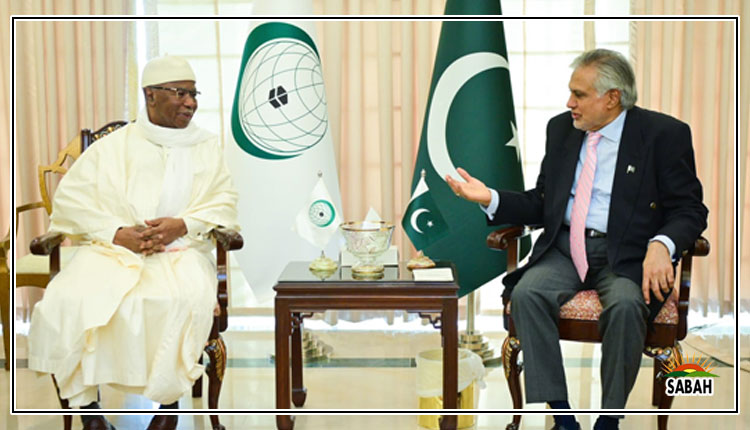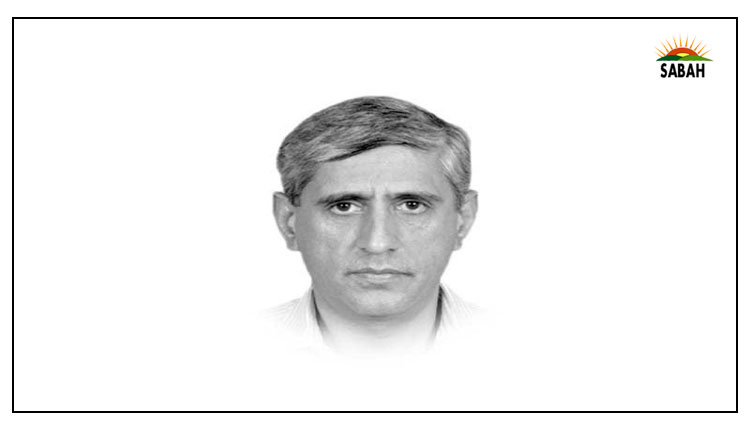Indian theatre commands…Dr Raashid Wali Janjua
India has recently announced the creation of three integrated theatre commands, which are expected to be functional by 2025. Integrated theatre command means a force comprising three services, commanded by a senior commander from any of the three services, i.e. Air Force, Navy, or the Army. Till now, India had two integrated tri-service commands, i.e. Andaman and Nicobar Command, looking after South East Asia and the South China Sea, with the Strategic Command Force controlling the nuclear weapons. India, like Pakistan, had inherited a colonial structure from the British Indian Army, primarily with a land-centric orientation. The air and naval arms of the British Indian Armed Forces were more like supporting arms due to the peculiar role assigned to them as a colonial force serving internal security and peninsular defence purposes.
The tri-service integration among Indian and Pakistani armed forces had taken a slow start compared to the developments in the rest of the world. Even in the US, the true tri-service integration was introduced after the Goldwater-Nichols Act in 1986, when the operational command of the integrated combatant commands was handed over to combatant commanders of respective commands belonging to any of the three services. The individual services, i.e. Army, Navy, and Air Force, in the US, after 1986, were assigned only recruitment, logistics, and force readiness tasks wherein their heads did not have any operational role in the command of tri-service integrated combatant commands like Central Command, Indo-Pacific Command, and Africa Command, etc.
There are four geographical and four functional commands of the US commanded by a four-star officer belonging to either of the main services. Russia has four integrated tri-service commands, and China has also structured its armed forces into five integrated commands since 2016. The integrated theatre command ensures that the three important domains, i.e. air, navy, and land forces, all operate synergistically under one operational command. This brings greater unity of effort, singleness of conception, and celerity of operational response.
Pakistan and India have so far failed to develop integrated commands or any such concept, barring attempts to bring the planning and consultative process of war strategy and operational plans in sync through structures like Chiefs of Staff Committees in the case of India and Joint Staff Headquarters in the case of Pakistan. India started mulling over the idea of integrated tri-service commands after the Kargil War in 1999. When the Indian Army was called upon to evict the Pakistani Mujahideen intruders from across the LOC in Mushkoh, Kargil, and Batalik sectors, it confronted a serious problem of tri-service consensus on the employment of air assets. The Indian political leadership had imposed a limitation on the Indian Army and Air Force to evict the intruders without crossing the LOC.
Indian Air Force Chief Air Chief Marshal Tipnis and Indian Army Chief V. P Malik were not on one grid at the start of the Kargil War. The Indians were so stupefied by the daring Pakistani intruders on Mushkoh, Tololing, Batalik, and Turtuk heights that they initially disbelieved the extent and depth of penetration. In confusion, they resorted to counterattacks by local reserves.
The Indian Cabinet Committee on Security ordered the Indian Army on 18th May to evict the intruders at all costs. Several crucial days were thus lost, and the Indian Army suffered heavy casualties as a consequence. The above inter-service discord rankled with the Indian Army, and they campaigned for the integrated commands to obviate the recurrence of the incident. The Andaman and Nicobar command was established in the wake of the Kargil Committees recommendations, and after some time, the Strategic Force Command was established to command nuclear assets.
The reforms process for integrated commands moved at a snails pace despite recommendations of the Kargil Review Committee. The process gained traction after the appointment of General Bipin Rawat as CDS in 2019. Lt. General Shekatkar Committee had already recommended the establishment of integrated commands besides other reforms for desired jointness amongst the three services in 2016. The three Higher Command Colleges at Mhow, Secunderabad, and Goa were recommended to be merged, and cross-training of three services officers was proposed. After Bipin Rawats accidental death, the process again stalled. The process picked up pace again after the passing of the Inter-Services Organization Bill 2023 in March, which set the stage for the establishment of three integrated theatre commands by 2025.
Initially, the Indians were toying with the idea of establishing five integrated commands, but after opposition from the Indian Air Force, the idea of Air Defence Command has been dropped. According to a Times of India report, the Defence Minister Rajnath Singh and the three service chiefs along with CDS have achieved consensus on the establishment of three integrated Theatre Commands, each commanded by a senior most three-star officer of any of the three services. The three commands would comprise Eastern corresponding to present Eastern and Northern Command, Western Command corresponding to present Western, South Western, and Southern Commands.
The Indian Army presently has seven land-based commands, whereas the IAF has seven commands, with the Navy having three commands. Now, these disparate commands geographically dispersed would have to be reorganized to be brought within the fold of three integrated commands, and that would bring several challenges of coordination, training, and command culture. The concept of integrated theatre commands has gained traction in India due to two main factors. One is the Indian armed forces interoperability considerations after joining Indo-Pacific alliances like Quad and foundational defence agreements with the US like BECA, COMCASA, and LEMOA. These alliances call for sharing of intelligence, cyberspace defence, logistics cooperation, and joint operations wherever needed.
The second reason is the Indo-Pak standoff and the Indian desire to find space for conventional warfare within the asphyxiating hold of nuclear deterrence. The Theatre Commands doubtlessly confer advantages to operationalize the quick bite Cold Start Doctrines Proactive Strategy. Though the formation of Theatre Commands would be a costly undertaking with a lot of problems in the realm of training, doctrines, and asset sharing, the development should be taken seriously by Pakistan. Though Pakistans operational response and strategic objectives are defensive in nature, still the tri-service synergy and cooperation are areas that can be improved to countenance the emerging Indian Theatre Command threat.
Courtesy The Express Tribune



